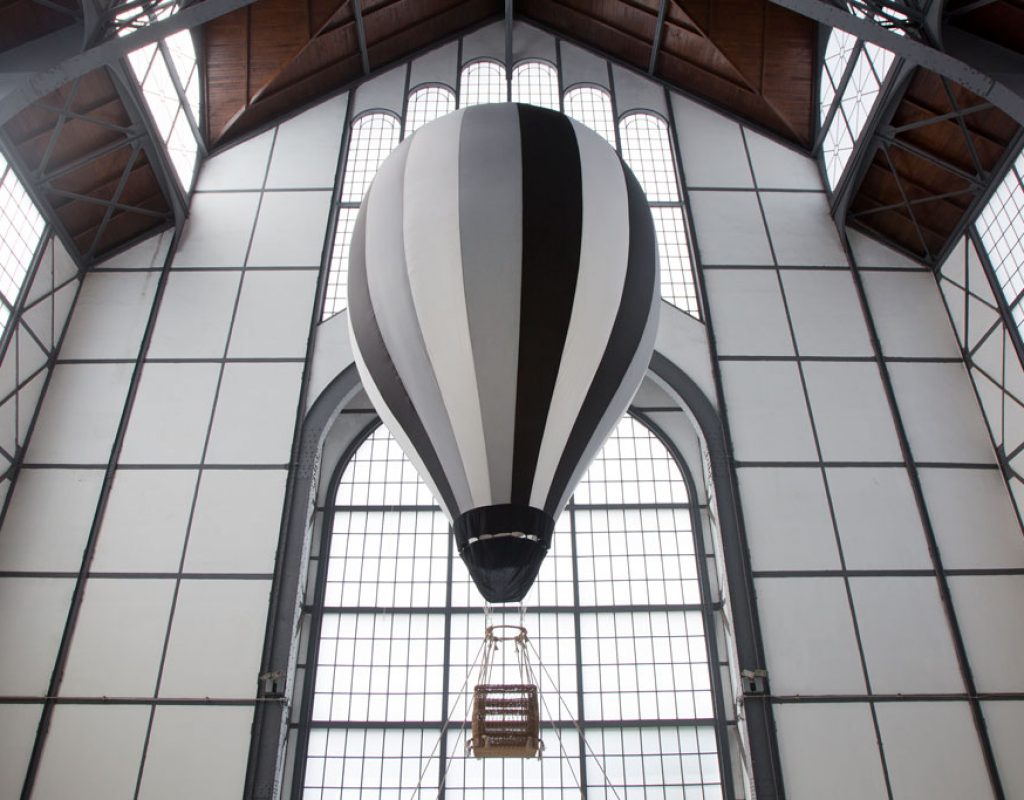
Ascensión Cautiva
Data Sheet
Curator
Venue
DETALLES DEL PROYECTO
Captive Ascension is an installation that refers to the history of aeronautics in Mexico and the building that houses the Museo Universitario del Chopo, whose structure was initially built to present the Industrial and Commercial Exhibition of Düsseldorf, Germany in 1902 and then was transported to Mexico City.
The balloon was built on site. On the day of the opening, the balloon ascents were made filling it of air and heating it with fire. The following day, a chamber was placed inside the balloon and filled with helium.
The balloon remained captive, floating in the middle of the room, until the closing of the exhibition.
In Tania Candiani’s discourse, allusions to the symbolic implications of man’s inventions linked to progress, such as discernment and conquest of his environment, are frequent. In the case of Captive Ascension, the hot air balloon is the trunk that articulates her interest in the branches of history, discovery, and technology. In this case, it makes direct reference to aeronautics and the building that houses the museum, whose structure was built to present the Industrial and Commercial Exhibition of Düsseldorf, Germany in 1902. At that time the Universal Exhibitions showed technological and industrial advances, offering, for example, captive balloon ascents, which were part of the collective spell offered by the vanguard.
Candiani subtracts the balloon from the landscape that currently accompanies the flights of these aerostats, to elevate it inside a building whose aesthetics represents modernist optimism and its celebration of the potentialities of technology. In this case, the flight instrument is presented in front of us, not as a means of observing, but rather concentrates in itself the possibility of inquiry. The anachronism implicit in exhibiting a globe suspended within a covered stage derives in the possibility of fascination and fear for what we thought we knew.
Candiani thought of the project in three stages: the first was a workshop where a pair of seamstresses made the hot air balloon by hand. With this, while the visiting public of the museum could witness the work of manufacturing the aircraft, Candiani made visible a work process usually inaccessible in terms of appreciation and knowledge. The second stage consisted of the public ascension of the globe. From then on, and until May 13, the balloon will remain elevated, captive in a narrative where Candiani also thought about the legacy of the Mexican Joaquín de la Cantolla (Mexico, 1829 – 1914) and the first flight he made in the City de México in 1863, as well as in his constant presence at popular festivals, as immortalized by murals by Diego Rivera and Juan O’Gorman. The Mexico of then joins that of today, in which the great-grandson of the balloonist dedicates his life to flight technology. Humanity found in a common territory of longing to prosper through reconfigurations of its own vision and of the universe. Everything is put together again and the astonishment is inevitably reborn.
Itzel Vargas.
Curator
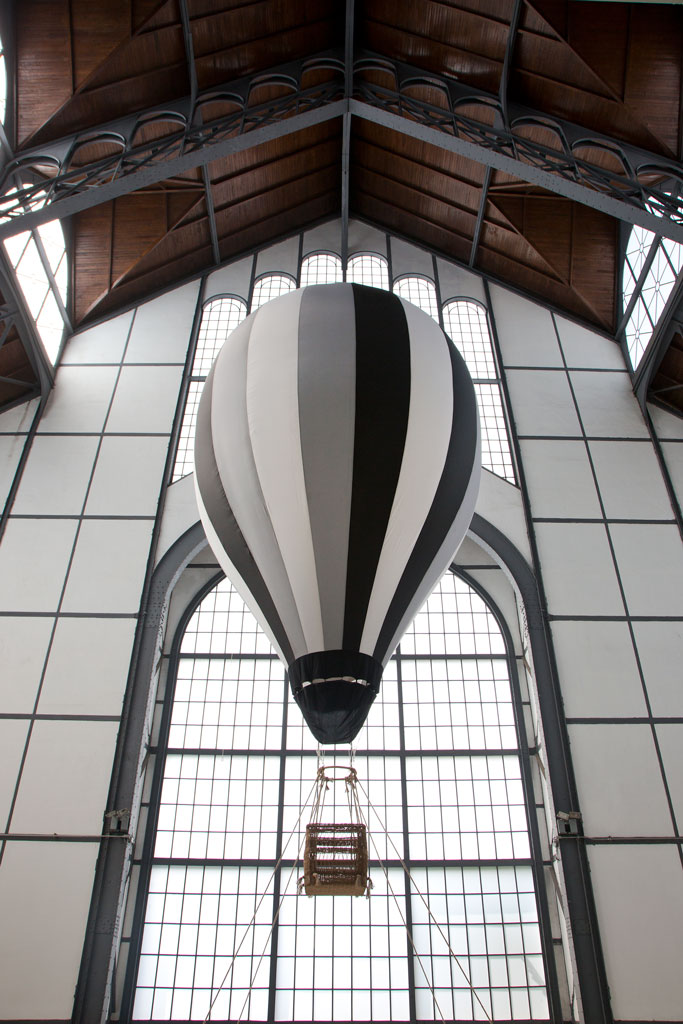
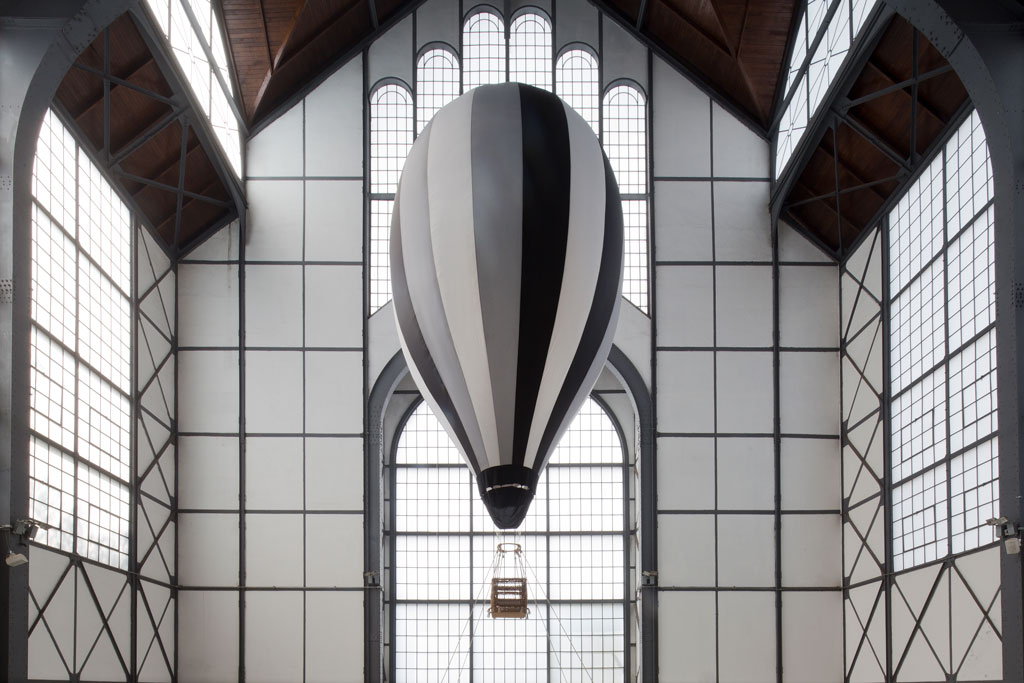
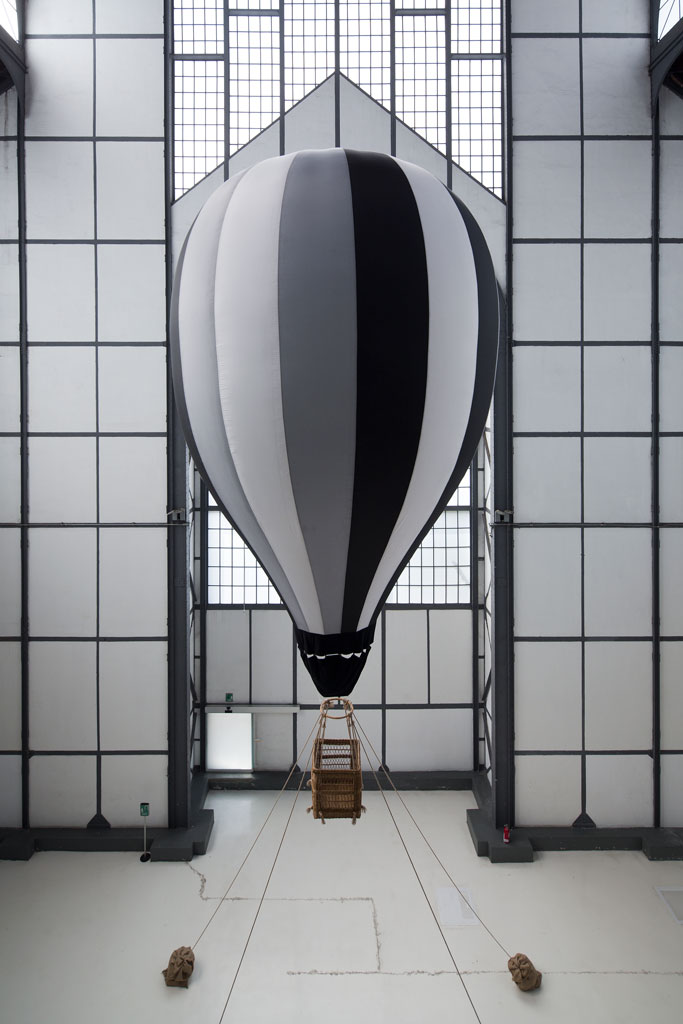
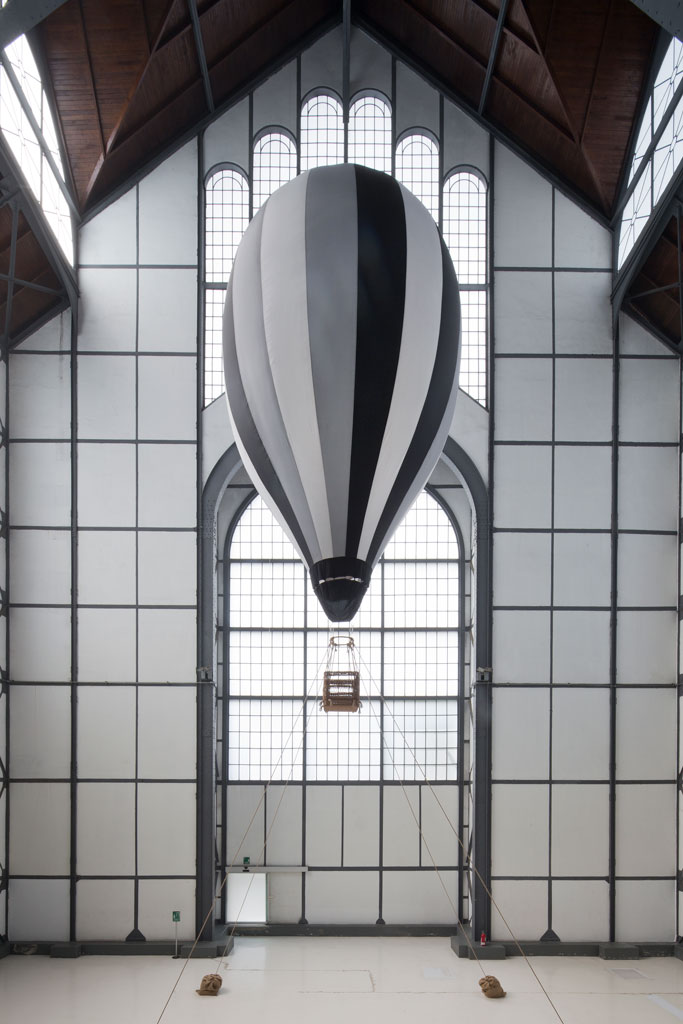
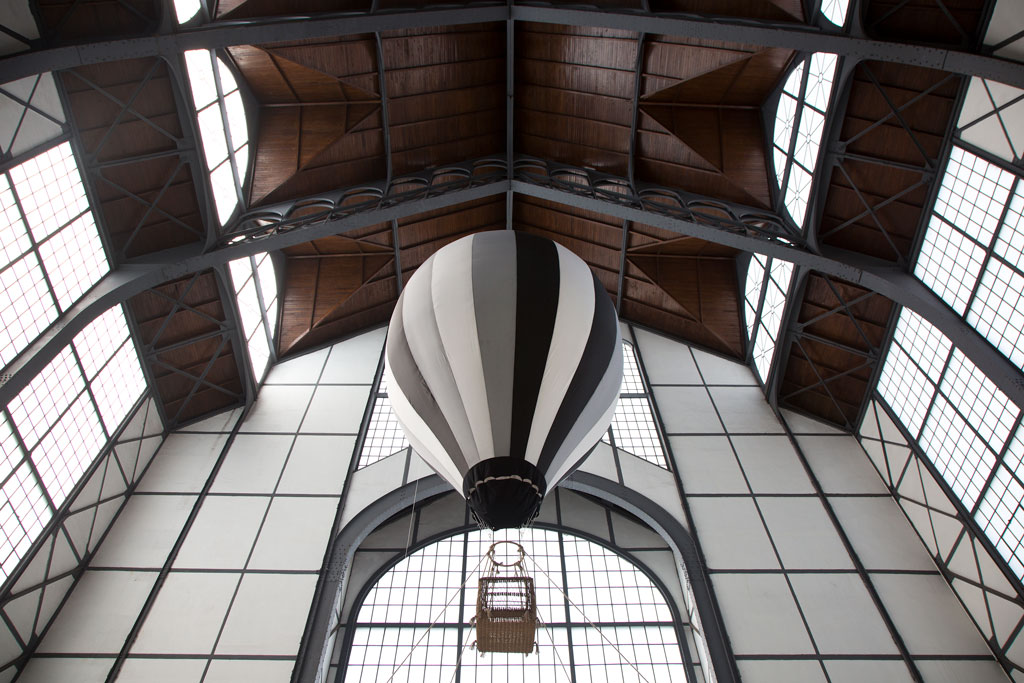
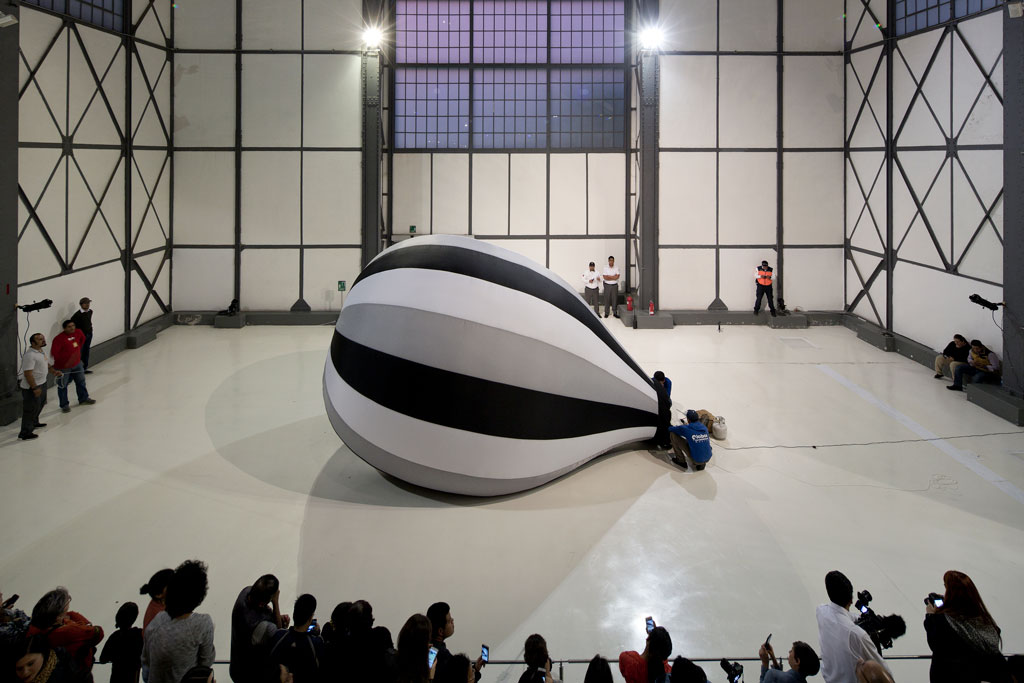
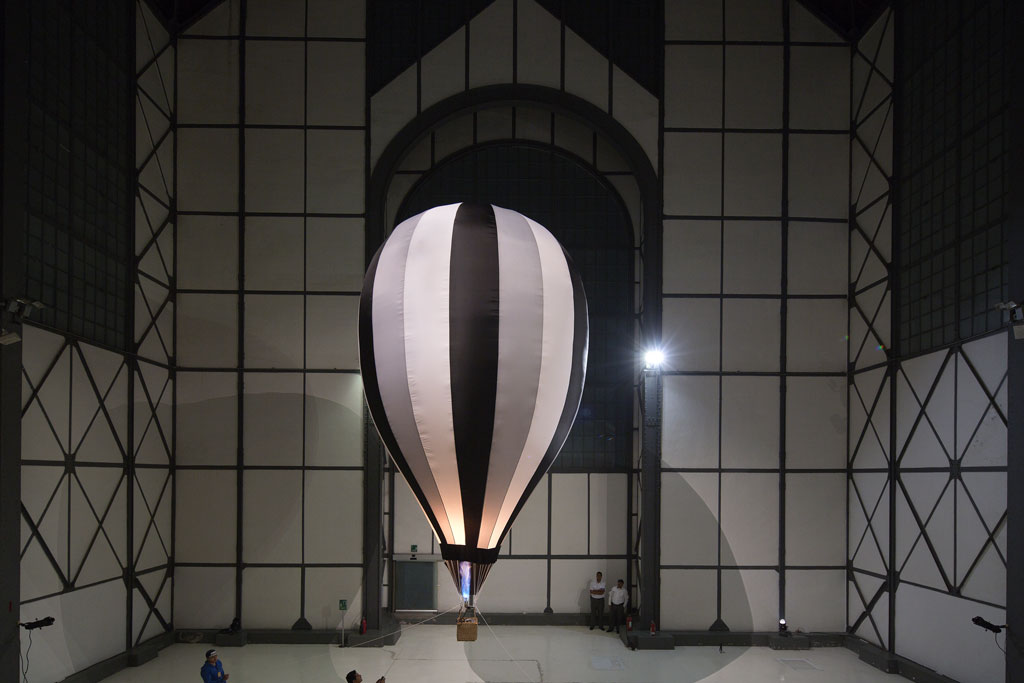
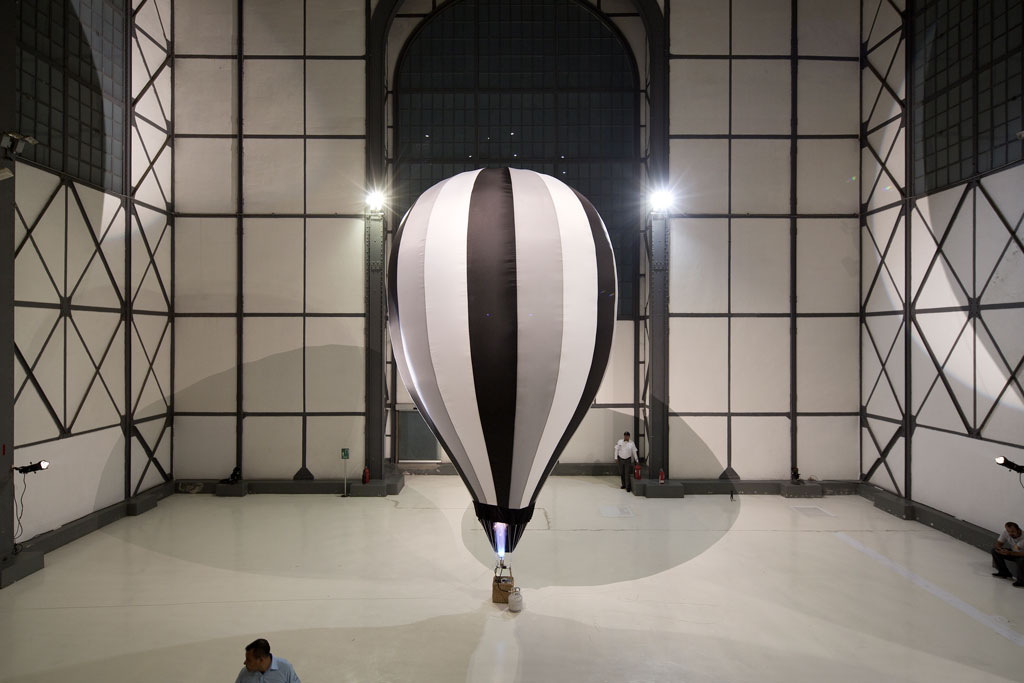
DETALLES DEL PROYECTO
DETALLES DEL PROYECTO
DETALLES DEL PROYECTO
DETALLES DEL PROYECTO
DETALLES DEL PROYECTO
DETALLES DEL PROYECTO